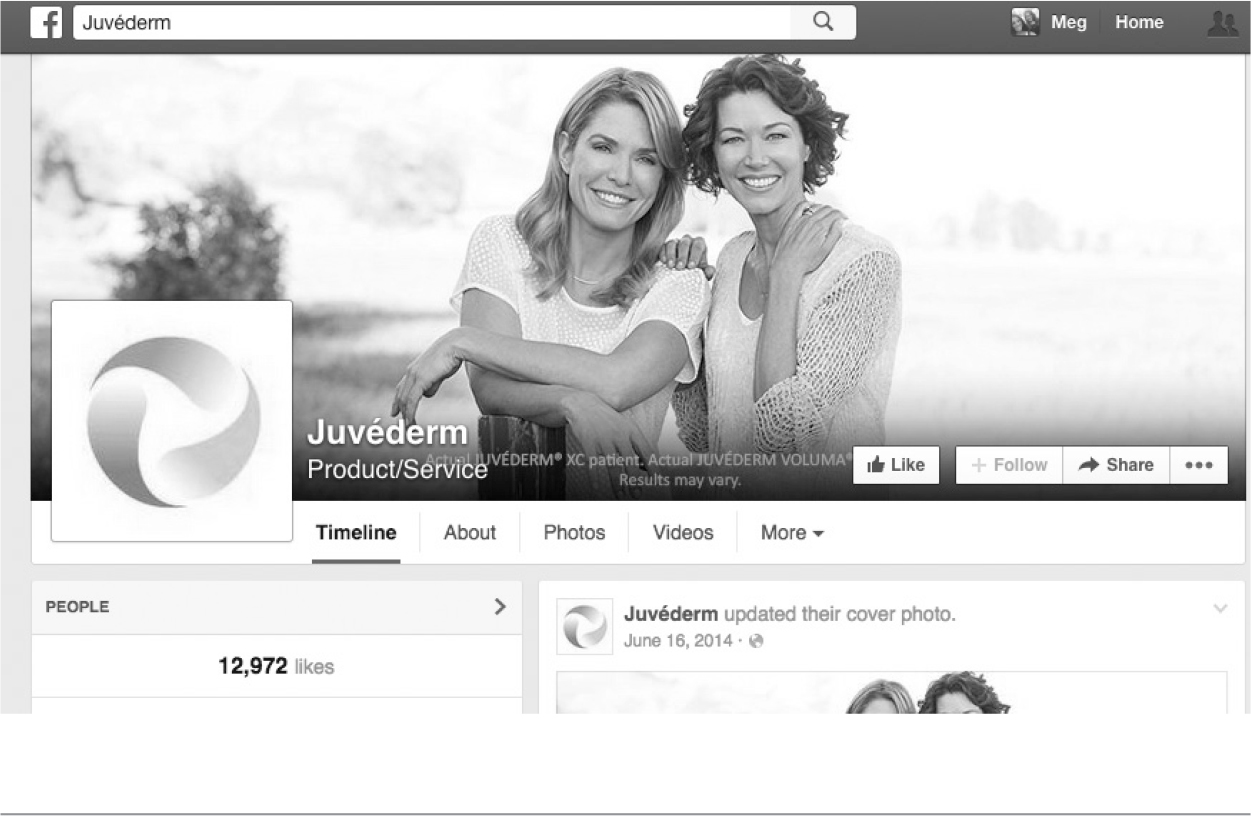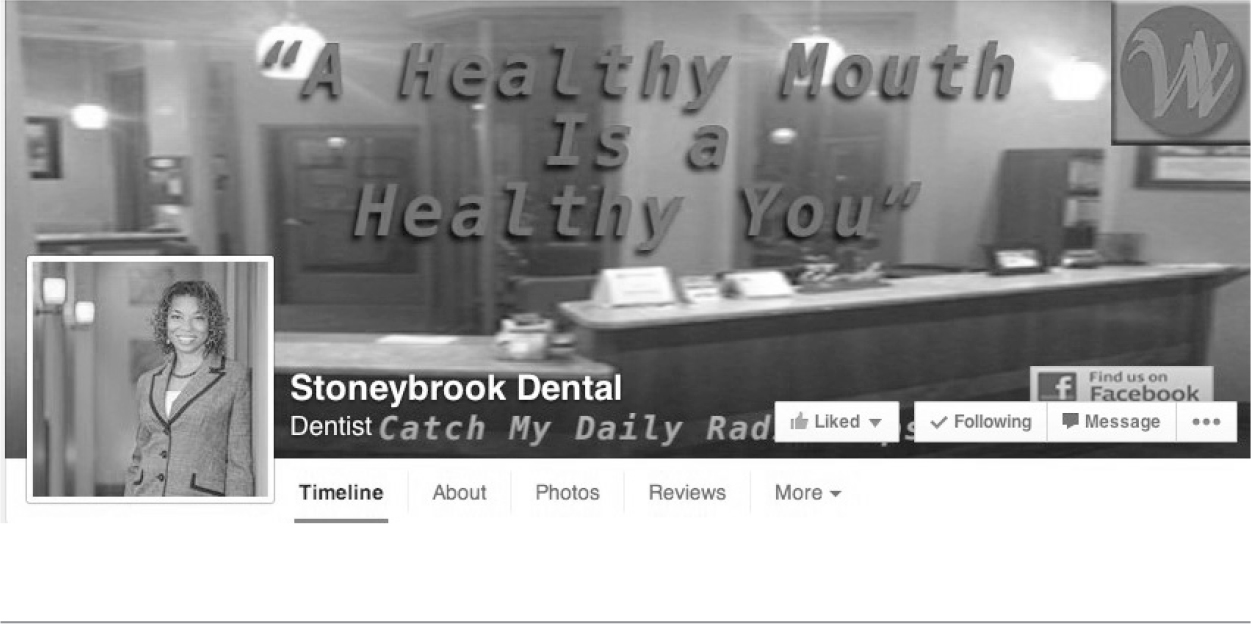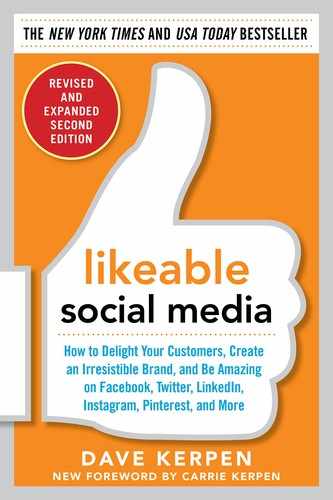
CHAPTER 1
Listen First, and Never Stop Listening
You are angry.
You just got a letter in the mail from your car insurance company explaining that it will cover only half the cost of the recent work you did on your car following an accident. You’re out $700, which stinks, but more important, you’re wondering why you pay these high monthly premiums if not to cover situations just like this. So you call the company, and you’re placed on hold for 30 minutes. Finally you get a representative who says, “I’m sorry, there’s nothing I can do. This is the policy.” As you sit there, frustrated and dejected, the telephone representative feeds you the next line in the script: “Is there anything else I can help you with today?”
“Of course not,” you think. “How about paying for my car repairs? Maybe you should spend a little less money on your stupid TV ads I see all day and a little more time on your customer service.” It’s so frustrating not feeling listened to.
Then you post on Facebook or Twitter: “My car insurance company _____ sucks. Same old story.” A few minutes later, you get a notification that someone responded to your post. Surprisingly, you click to find a written response from your car insurance company: “We hear you. Please send us a quick e-mail about the particular issue, and we’ll get to the bottom of it as quickly as we can.” Somehow, you already feel a little bit better about the situation.
Did the company respond so positively only because you posted publicly? Maybe. The point is, a representative realized your frustration with the company’s services and was forced to take notice of your post. Companies can no longer afford to ignore their customers’ specific needs or complaints when the conversation can so easily be made public. Instead, they must listen, understand the issue, and respond appropriately.
EVERYBODY LOVES TO FEEL HEARD
![]()
Communication is 50 percent listening and 50 percent talking. Yet for many years, companies large and small have done a disproportionate amount of talking, shouting even. Customer service representatives, marketing researchers, and focus group organizers may listen, but budgets for these “listening” activities amount to little compared to the money spent on mass media “talking.” Now, for the first time in our history, companies can listen, through social media, to conversations about them and their competitors.
You have a front row seat to spontaneous chatter of interest to your business. You have the ability to check in on prospective customers or prospects discussing problems your company solves. You can listen to existing customers talk about unrelated issues just to get to know them better. Checking in on your vendors, partners, or even your competitors’ customers has never been easier. The amount of data you can gather and the number of conversations you can tap into through social media are nothing short of mind-boggling.
As tempting as it may be to “join the conversation,” Facebook, Twitter, and other social networks aren’t simply broadcast media. They’re engagement media—that is, they are listening networks. Letting you listen to the conversation before you try to join in is an opportunity: How can you possibly know what to talk about in any conversation until you listen, at least a little bit?
Ask anyone who has ever dated or who has been in a successful relationship how important it is not only to listen to your partner but also to show him or her that you are truly listening. The guy on that first date who talks incessantly and does not listen—he strikes out every time. So does the woman at the cocktail party who talks only about herself. Increasingly, the same goes for the company that spends most of its marketing dollars talking and little time or money listening. Social media is the first communications channel that allows for such listening in large scale, and no matter what you sell or market, your customers are definitely talking.
Listen first before you talk back. You can join the conversation as a listener.
THE BENEFITS OF LISTENING: WHY DOES IT REALLY MATTER?
![]()
If and when customers or prospects acknowledge that you’re listening, you immediately strengthen your relationships with them. We’ll talk more about responding later, but clearly the ability to not only listen but also to acknowledge others makes them feel heard, which makes them happier, which is always a good thing. Even if you can’t acknowledge customers (as is the case for highly regulated industries such as pharmaceutical and financial services companies in which only professionals can legally supply appropriate responses, if they can legally respond at all), there are other benefits to listening. A better understanding of how your customers use your products (or don’t use them) can help you make critical changes in your offerings and in your communications with your customers. You can also uncover new opportunities you hadn’t thought of, or you’ll find out that some of the features you thought would be big hits have ended up not mattering to customers or failing altogether.
Knowing what’s important to your customers can help you better plan your offers, promotions, and contests to further drive buzz and sales. Instead of expensive product launches, you can test new ideas carefully and receive feedback quickly, keeping your finger on the pulse of your customers. You’ll be able to avoid pricey ad campaigns that champion things you think people will love about your product or service by listening to what people actually want before you spend a single dollar. Consider social listening the ultimate surveying and focus group tool—practically free, and running 24/7/365 for you.
How to Listen
There are lots of free ways to listen to what customers and prospects are saying online, and there are many paid enterprise systems available as well, with costs ranging from a few dollars to thousands of dollars per month. If you’re new to listening, try these free ways first:
• Google Alerts
• Social Mention
• Twitter search
• Facebook search
• YouTube search
• TweetBeep
If you go to any social network and type a phrase or keyword into its search function, you will see what people are saying using that keyword in real time. National and global brands might search the entire Web, while local and regional organizations will want to use geographical filtering to find posts only in your coverage area. Remember, don’t search just for your brand name but also for your competitors’, and more important, for terms and words that your customers would use.
For instance, if you’re a real estate broker, sure, you can search social networks for the name of your agency. But wouldn’t it be more helpful to search for the phrase “want to buy a house” in conversations on social networks in your town so you can find real people in real time sharing their needs with others? If you’re an attorney, you can search for your firm’s name, but it might be more helpful to search for the phrase “need to hire a lawyer” to listen to potential future clients talk about what they are looking for in the way of legal services.
More advanced listeners, or brands with higher volumes of conversations to listen to, should consider a paid enterprise software solution. There are dozens of listening platforms available, but a couple of good ones to start with are Vocus and Sysomos. (See Table 1.1 for a number of others.)
TABLE 1.1 Major Enterprise Listening Systems

Such products allow you to tap into large volumes of conversations across the social Web in a systematic, easy-to-follow way. You can generate real-time, daily, or weekly reports on mentions, competitive analysis, sentiment, and more. While solutions such as these are much more expensive than “free,” they’re a lot less expensive (and a lot more valuable) than traditional marketing research, such as surveying and working with focus groups.
I’m Listening; Now What?
It’s important to keep an open mind about what data you’ll find when you listen and, more important, what you can do with it. If your brand or product is being talked about in a negative way, it’s urgent to fix the problems being discussed as efficiently as possible. If people are asking for something new, figure out a way to create that for them.
For instance, maybe your customers love a product but wish it came in a different flavor, color, or design. Or maybe they’d be willing to pay more for your service if you offered a new tool they need. If customers are revealing their favorite features about your product that you didn’t realize were popular, consider accentuating these features in future marketing and communications materials. And of course, once you’ve begun to formally listen to what customers and prospects are saying, you’ll want to formulate a plan to respond appropriately whenever possible (as will be discussed in detail in following chapters).
THE COST OF NOT LISTENING
![]()
At best, by not listening, you’re not leveraging potential opportunities for growth, damage control, or both. At worst, you’re causing your customers and prospects to turn to your competitors—those who are listening and will respond to customer needs. You’re also allowing your brand reputation to be significantly hurt because by the time you get around to learning what people are saying, it may be too late to respond efficiently and make necessary changes to keep your company growing. Even if you’re in a highly regulated industry and you’re unable to fully join the conversation, it simply doesn’t make sense not to leverage the resources available to find out what your customers and prospects are saying and to use that information to create better products, services, and processes.
I talked with Shel Horowitz, expert on ethical marketing, author, and longtime social media user, about the importance of listening, and he confessed that, at first, he didn’t always take the concept to heart as he does today:
The first discussion list I joined, I didn’t listen first. I went in with keyboard blazing, did not take the time to understand the group, and ended up slinking off with my tail between my legs and leaving entirely. Since then, I’ve been in many groups, and I usually read all the posts for about two weeks before posting, and then I start with an introduction. I’ve developed a reputation as a friendly, caring, helpful, knowledgeable, and very transparent individual whose advice carries some weight.
Shel told me he can now safely attribute 15 to 20 percent of his book sales directly to his time spent listening and responding across social networks and online communities. So many marketers have taken to using new marketing channels to talk before listening, essentially filling each new channel that comes along with noise. Think about e-mail and most other forms of so-called interactive marketing. Is it really interactive, or is it mostly marketers talking? Social networks provide marketers with a massive opportunity to leverage the listening half of their communications.
NEVER STOP LISTENING
![]()
Remember, it’s not about listening for a while and then talking to all of your new prospects and converting them into customers. Listening will always be 50 percent of the communication process, so you’ll want to continue to refine your listening skills and processes throughout your work in social media. Always listen to the conversations in real time. In fact, sometimes the best daters, friends, businesspeople, and companies are the ones who do even more listening than talking, hearing what everyone has to say and speaking only when they have something really worthwhile to express.
In dating lore, there’s always the guy who thinks he knows how important listening is, so he starts the date by saying, “Tell me about yourself.” After his date talks for a minute or so about herself, she says, “How about you?” and he proceeds to talk her ear off for the rest of the date, telling her all about himself. The guy may claim he listened to what she said, but the truth is, he was just going through the motions, not really carrying it through in a meaningful way.
That’s not listening. In order to be a likeable organization that effectively listens to its customers and prospects, you’ve got to fully integrate listening into your job or agency’s functions.
When You Can Only Listen: Allergan Facial Aesthetics
Allergan, a Fortune 500 pharmaceutical organization, is like many pharma brands when it comes to social media. Because of the highly regulated nature of the industry and its products and offerings, the brand needs to be extremely careful about what they say and don’t say online, especially when it comes to interactive social media sites. While some pharmaceutical organizations decided to ignore the conversations entirely, Allergan Medical Aesthetics (the division behind popular brands such as BOTOX Cosmetic, Latisse, Juvéderm, and others) recognized social conversations were happening about their brands, and they believed they could glean a significant understanding about their patients and the perception of their products if they paid attention to what was being said.
With the assistance of Likeable Media and the listening platform Sysomos, Allergan Medical Aesthetics identified a variety of keywords and categories that would allow the brand to capture key information. They now mine through tens of thousands of mentions of their brands every week. From this data, they are able to report and follow up on off-label uses of the brand (an important part of meeting FDA regulations for pharmaceutical brands) as well as track and measure the overall sentiment toward their brands. Key trends and themes can be identified and used to inform future marketing plans. Because a strong listening process is in place, the brand can be made quickly aware when any out-of-the-norm situations arise.
By keeping a finger on the pulse of and recognizing the importance of social media in understanding their patients, Allergan Medical Aesthetics can make more informed and better-educated decisions, which in turn positions their brands for success (Figure 1.1).
FIGURE 1.1 A Snapshot of Allergan’s Facebook Timeline

By listening and responding, greater sentiment comes from customers, whose loyalty grows. They, in turn, become better advocates for your products. It’s as simple as this: the customer talks; the company listens and acknowledges; and the customer is happier, as is anyone else watching, since the conversation is public. Whom would you rather buy a product from: a company that obviously, publicly listens to its customers, or a company that seemingly ignores them by not utilizing social networks to directly interact with the public?
THE ROI FOR SMALL BUSINESSES
![]()
Dr. Wendi Wardlaw of Stoneybrook Dental, a Likeable Local customer, had practiced dentistry for nearly 20 years before diving into social media. Today, as a dentist, missionary, and public speaker, Dr. Wardlaw understands the importance of listening on social media. Despite her hectic schedule, she manages and listens on Facebook every day (Figure 1.2).
FIGURE 1.2 Snapshot of Dr. Wardlaw’s Facebook Page

“Everything happens really fast there. You have to listen,” Dr. Wardlaw said.
In August 2014, Dr. Wardlaw was monitoring her Facebook newsfeed one night when she searched dental keywords and saw that one of her patients was posting about discomfort and pain. The patient in question had undergone a routine outpatient procedure earlier that week so her abnormal symptoms were concerning. Dr. Wardlaw private messaged the patient and asked her to send a picture of her mouth.
Upon seeing the photo, Dr. Wardlaw immediately sent the patient to the hospital where she received antibiotics to treat the start of a serious infection. After a few nights in the hospital, the patient was healthy enough to be released. Had Dr. Wardlaw not been listening on Facebook, the patient’s health could have been much further compromised.
LISTENING SHOULD ALWAYS BE 50 PERCENT OF THE CONVERSATION
![]()
Listening is the single most important skill in social media, and it’s one that’s easy to forget once you get started with all of the sexier, more exciting things you can do. So whatever you do, once you start, never stop listening. Even once you start talking, it doesn’t mean you stop listening—it’s quite the opposite actually. If you feel like you’re running out of conversation to listen to, broaden your search terms and find new audiences—people who don’t know you even exist yet but, based on what they’re saying, probably should. Results will follow, and it won’t be long until your company is the “coolest person” at the social media cocktail party (and more important, the most successful!).
